Choosing a Kitchen Full of Style in Orange County

When you have assessed your lifestyle and planned how best to use the available space, it is time to consider the kitchen style. The visual and practical aspects of selecting kitchen furniture and your choice of cabinets and materials should reflect your needs for kitchen style.
Start formulating your ideas and style preferences by looking through magazines and manufacturers’ brochures, or browsing the internet. Compile a portfolio of pictures of products that would suit you. Before making any decisions, ask to see samples and visit kitchen showrooms to obtain ideas on different kitchen styles.


Modern versus traditional kitchen styles
Convenience and efficiency are key elements in a modern kitchen style. A battery of hi-tech appliances and gadgetry tucked behind sleek cabinets are perfect for those who like a clean, no-fuss approach to kitchens. For many, the charm of a traditionally styled kitchen is more appealing. Many modern appliances are designed to blend unobtrusively into a traditional kitchen, or are easily disguised by clever cabinetry.


Built-in or freestanding?
A well-planned, built-in kitchen, with standard or custom-made cabinets, will utilize every inch of space, making it ideal for small or irregular-shaped rooms. A freestanding kitchen is less formal and offers the opportunity to use various pieces of furniture to add interest. However, separate items take up more space.

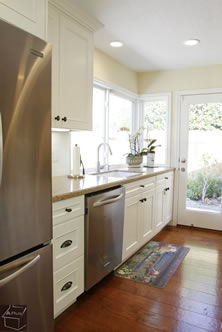
Materials and finishes for kitchen styles
Whatever materials and finishes you choose for your kitchen, check that they are designed to withstand the wear and tear they will receive. While hi-gloss lacquer and wood veneers are suitable for kitchens receiving light use, those in constant use will need heavier duty, more hard- wearing products made from stainless steel and solid wood.
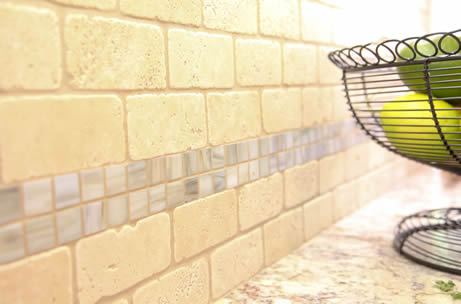
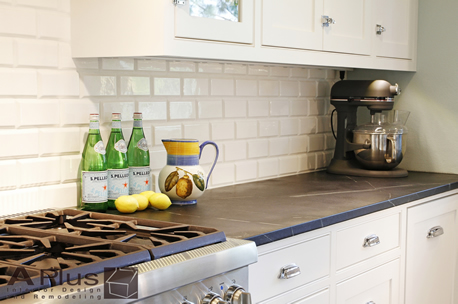
Kitchen hardware
The smallest detail can make a huge difference to the overall look of your kitchen. Cabinet hardware should enhance the color and texture of the finish as well as being comfortable to use. Traditional china knobs, hand- carved handles, or contemporary metalwork designs can contribute a sophisticated or quirky touch to the most inexpensive cabinet.
Before you renovate, choose a motif that fits your aesthetic, as well as your family’s needs. Here’s a selection of kitchen styles to fit most any mood

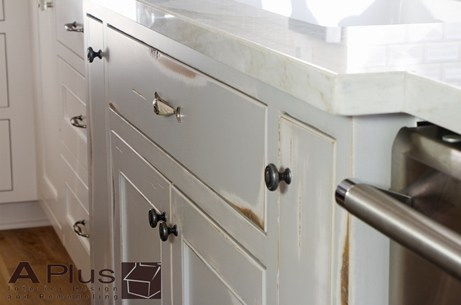
Modern
Simple, streamlined, and more functional than fussy. These are the hallmarks of a successfully executed modern kitchen design. Crisp and organized–with an appreciation of geometry and asymmetry–a modern scheme provides a look both fresh and familiar. Elements of this style include gleaming metal, sleek cabinetry, and smooth surfaces. Concrete, granite, and linoleum are popular flooring choices. Chrome and stainless steel pro-style appliances that pair high performance with attractive design are also in sync with modern sensibilities. In the example shown at bottom left, a stainless-steel hood makes the most of limited space. Even with its shiny steel and high-tech efficiency, the space generates a warm vibe with open shelves showcasing a colorful collection of dishes and glassware.


Country
Simple furniture, muted colors, milk-paint finishes, and homespun or classic fabrics have traditionally characterized country kitchens. But today’s country look is open to a much broader interpretation; the style has evolved to evoke a mood that is both homey and casual, while still stressing clean lines. Soft tones, painted cabinets, and warm tiles–like those seen above the stove in the photo at right and in the sink pictured below–account for much of the country style’s continuing charm. Also consistent with the theme is mixing like-styled cabinetry in different finishes. Remember that many new cabinets and furniture are designed to look historic and old-fashioned, but are functionally modern, offering plenty of storage and convenience options.
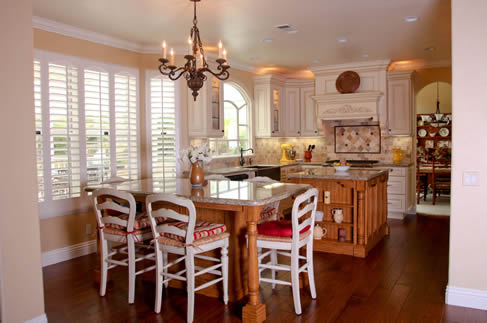

Cottage
The cottage style is often exemplified by cheerful, artistic, and comfortably familiar furnishings and decor. Staples of cottage-style kitchen interiors include weathered finishes, simple whites, bead-board walls, and cabinets juxtaposed with fresh colors inspired by rambling wildflower gardens. This kind of look is especially good for cooks who want a kitchen that doesn’t take itself too seriously, but hope guests will feel like they’ve discovered something special. The style also encourages decorating with a mix-and-match collection of antiques, flea market finds, artworks, and handicrafts. At far left, a soaring ceiling with artisan-crafted beams helps evoke a fairy-tale ambience. Near left: A cabinet designed to resemble a freestanding armoire is used to display antique china.

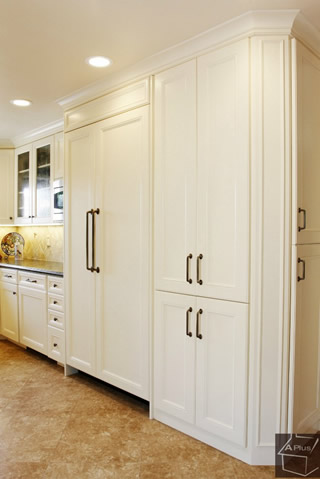
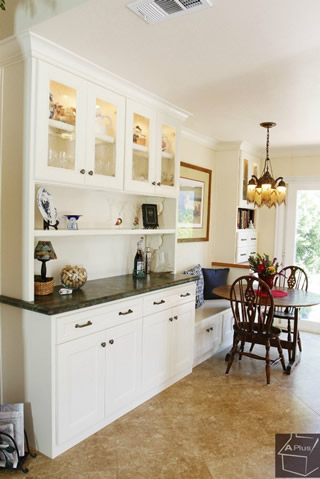
Rustic
Warm, woodsy, and inviting, the rustic style takes its cue from nature and evokes the mood of rural retreats like ski cabins, Western ranches, and rough-and-tumble Adirondack lodges. Stone, rough-hewn wood beams, and the bold use of aged metals–like the custom-built steel and iron ventilation hood above the stove shown at right–all help distinguish rustic from other styles. Rather than opting for modern conveniences and high-tech accouterments, the rustic kitchen places an emphasis on simplicity of design and the efficient use of space to achieve maximum functionality. Rustic kitchens can look spare, casual, or even all-out elegant, but must retain a prevailing mood characterized by natural beauty.
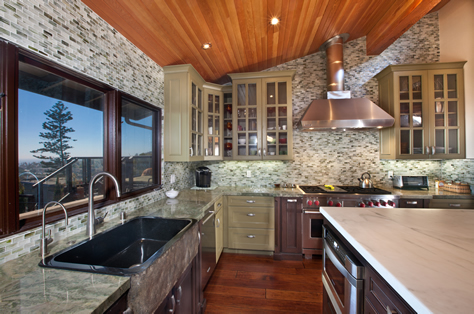
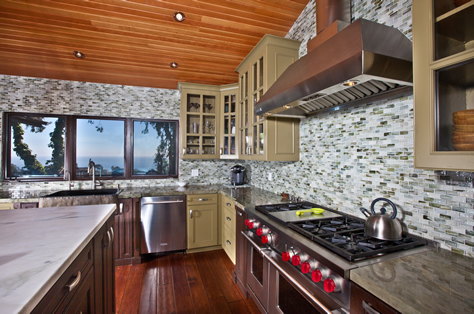
Traditional
Traditional kitchens evoke feelings of the familiar by adroitly drawing on elements from the past. Although clearly modernized in appearance, these kitchens create a mood that recalls a traditional sense of time and space. In this style, sleek surfaces are balanced with warm woodwork and soft lines, non-essentials are stowed away discreetly rather than displayed, and beautiful details abound without overpowering. Elements of a traditional kitchen include classic dining tables with conventional seating, windows covered with curtains or valances, and rich wood cabinetry.
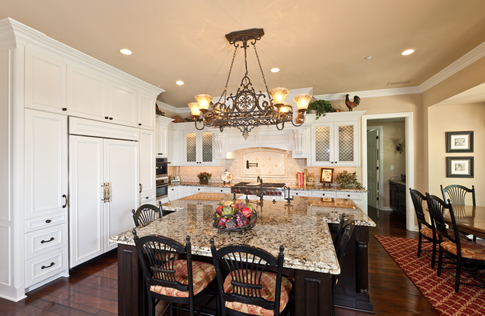








Leave a comment